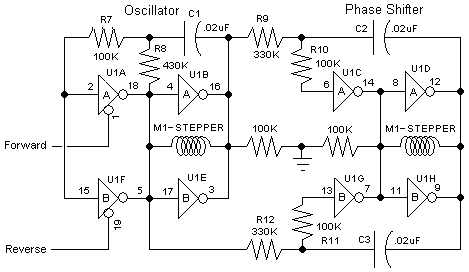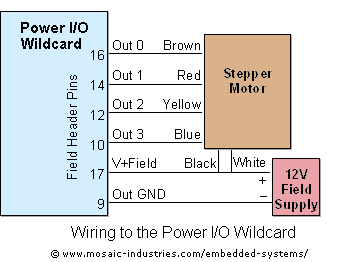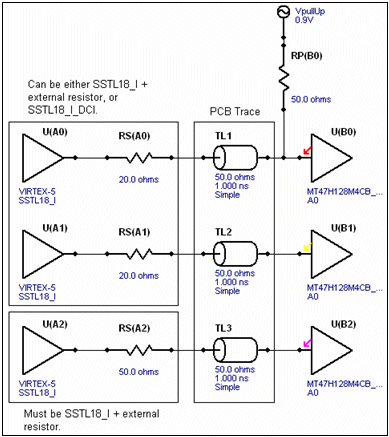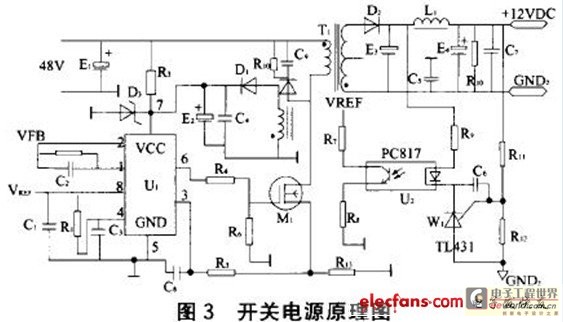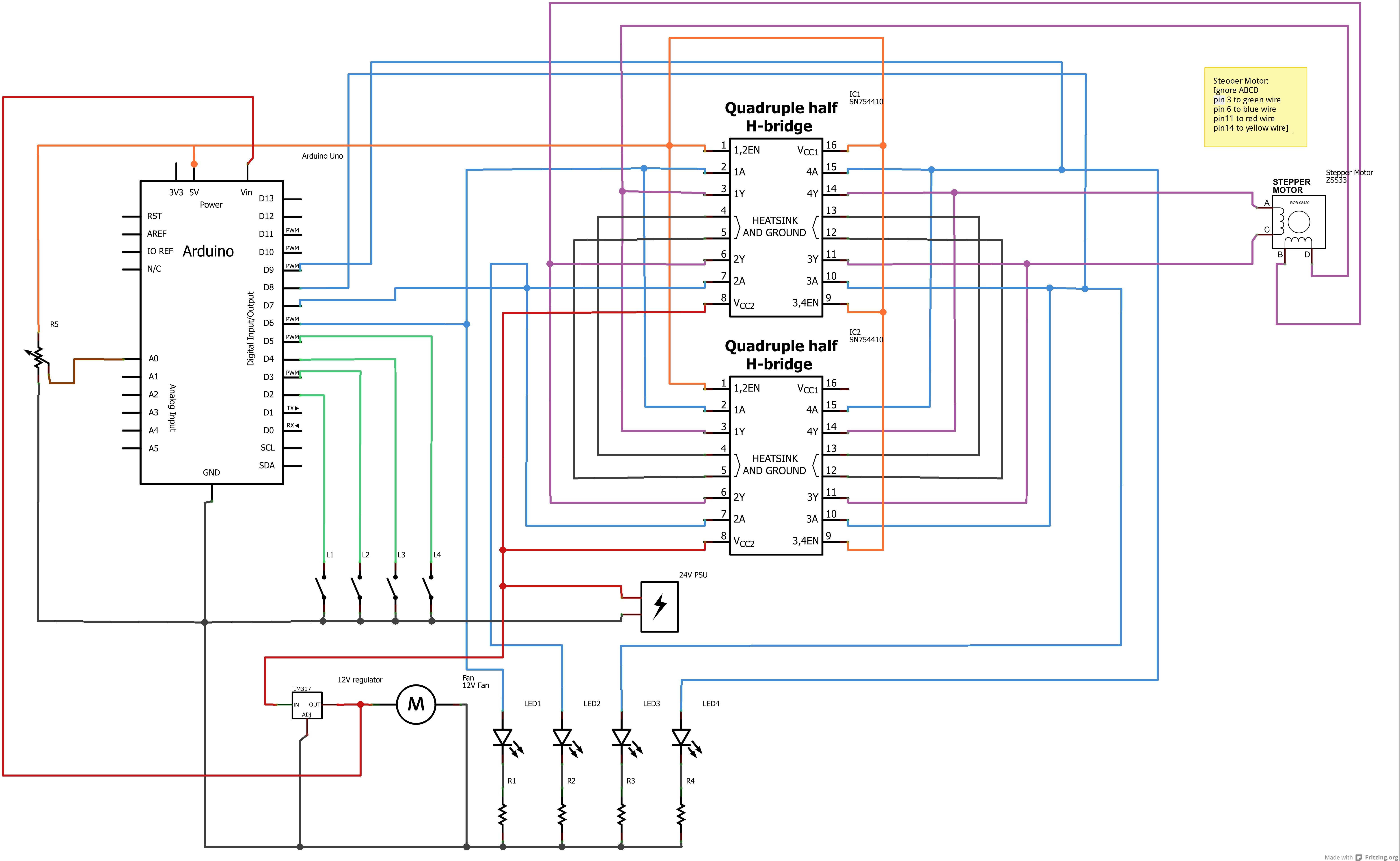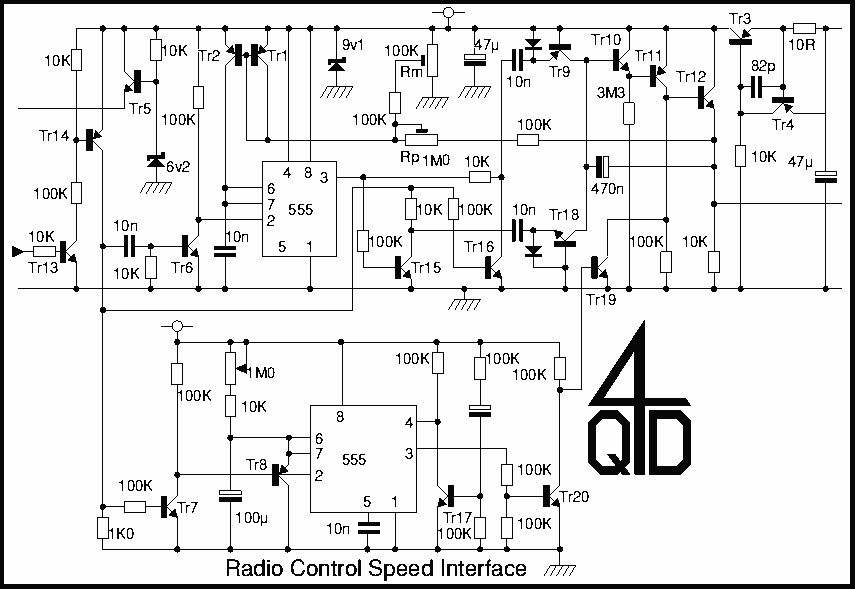
Design a Unipolar Stepper Motor Controller/Driver and
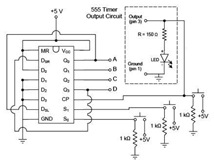
A motor coil requires controllers to adjust its position and speed. A motor driver is necessary to amplify the low output current from a controller to a larger current required by the motor. The following article describes how to design a unipolar stepper motor controller/driver. It covers sections on unipolar stepper motors and BJT transistors, the use of a universal shift register, and the overall design of a unipolar stepper motor driver using a Jameco 15 V unipolar stepper motor. The article includes explanations of the advantages and disadvantages of unipolar, bipolar, and DC motors, methods for energizing stepper motor coils in the correct sequence, variable speed stepper motor drive, and microcontroller stepper motor control. Additionally, it features diagrams of the unipolar stepper motor, schematic representations of the unipolar stepper motor, pin-out for the universal shift register (74HC194), operation details for the universal shift register, a schematic of the stepper motor driver circuit with an added LED circuit, output circuit modifications, motor voltage connections, and an astable oscillator output used as a clock-pulse generator circuit diagram.
The design of a unipolar stepper motor controller/driver involves several critical components and concepts. The unipolar stepper motor operates by energizing its coils in a specific sequence, allowing for precise control of position and speed. This motor type typically has five or six wires, with each coil having a center tap connected to a voltage source. The controller must ensure that the coils are energized in the correct order to achieve smooth stepping motion.
BJT transistors are often utilized in the driver circuit to switch the power to the motor coils. These transistors act as electronic switches that can handle the higher current required by the motor, thereby protecting the controller from damage due to excessive current draw. The choice of transistors must consider the motor's voltage and current ratings, ensuring that the transistors can operate within safe limits.
A universal shift register, such as the 74HC194, is commonly employed to control the sequence of signals sent to the motor driver. This shift register allows for easy manipulation of the control signals, enabling the user to set the stepping direction and speed. The pin-out of the shift register provides information on how to connect it to the rest of the circuit, including power supply and control lines.
The schematic for the stepper motor driver circuit typically includes connections for the motor coils, the BJT transistors, and the universal shift register. Additional components, such as resistors and capacitors, may be included to ensure stable operation and to filter out noise. The inclusion of an LED circuit can serve as a visual indicator of the motor's operation, providing feedback on the stepping process.
To enhance the performance of the stepper motor, modifications to the output circuit may be necessary. These modifications can include adjusting the voltage connections to the motor and implementing an astable oscillator to generate clock pulses for the shift register. This oscillator can provide a variable frequency output, allowing for precise control over the motor's speed.
In summary, the design and implementation of a unipolar stepper motor controller/driver require a thorough understanding of motor operation, driver circuit components, and control signal sequencing. The integration of these elements results in a robust system capable of precise motor control for various applications.given motor coil while motor need controllers to adjust position and speed. Then you will needa motor driverto amplify a controller`s low output current to a larger current that is required by a motor. Below is an article that describe you about how to design a unipolar stepper motor controller/driver.
You will be taken into sections that will des cribe you onunipolar stepper motorand BJT transistors, learn how to use a universal shift register, and put it altogether to design unipolar stepper motor driver (using a Jameco 15 V unipolar stepper motor). Within the article, there are explanation about The advantages and disadvantages between unipolar, bipolar and DC motors, Ways of energizing stepper motor coils in the proper sequence, Variable Speed Stepper Motor Drive, and Microcontroller Stepper Motor Control.
Also, there areDiagram of Unipolar Stepper Motor, Schematic of Unipolar Stepper Motor, Universal Shift Register (74HC194) Pin-Out, Operation of Universal Shift Register, Schematic of Stepper Motor Driver Circuit with LED circuit added, Output Circuit Modification, Motor Voltage Connection, and Astable Oscillator Output Used as Clock-Pulse Generator circuit diagram. 🔗 External reference
The design of a unipolar stepper motor controller/driver involves several critical components and concepts. The unipolar stepper motor operates by energizing its coils in a specific sequence, allowing for precise control of position and speed. This motor type typically has five or six wires, with each coil having a center tap connected to a voltage source. The controller must ensure that the coils are energized in the correct order to achieve smooth stepping motion.
BJT transistors are often utilized in the driver circuit to switch the power to the motor coils. These transistors act as electronic switches that can handle the higher current required by the motor, thereby protecting the controller from damage due to excessive current draw. The choice of transistors must consider the motor's voltage and current ratings, ensuring that the transistors can operate within safe limits.
A universal shift register, such as the 74HC194, is commonly employed to control the sequence of signals sent to the motor driver. This shift register allows for easy manipulation of the control signals, enabling the user to set the stepping direction and speed. The pin-out of the shift register provides information on how to connect it to the rest of the circuit, including power supply and control lines.
The schematic for the stepper motor driver circuit typically includes connections for the motor coils, the BJT transistors, and the universal shift register. Additional components, such as resistors and capacitors, may be included to ensure stable operation and to filter out noise. The inclusion of an LED circuit can serve as a visual indicator of the motor's operation, providing feedback on the stepping process.
To enhance the performance of the stepper motor, modifications to the output circuit may be necessary. These modifications can include adjusting the voltage connections to the motor and implementing an astable oscillator to generate clock pulses for the shift register. This oscillator can provide a variable frequency output, allowing for precise control over the motor's speed.
In summary, the design and implementation of a unipolar stepper motor controller/driver require a thorough understanding of motor operation, driver circuit components, and control signal sequencing. The integration of these elements results in a robust system capable of precise motor control for various applications.given motor coil while motor need controllers to adjust position and speed. Then you will needa motor driverto amplify a controller`s low output current to a larger current that is required by a motor. Below is an article that describe you about how to design a unipolar stepper motor controller/driver.
You will be taken into sections that will des cribe you onunipolar stepper motorand BJT transistors, learn how to use a universal shift register, and put it altogether to design unipolar stepper motor driver (using a Jameco 15 V unipolar stepper motor). Within the article, there are explanation about The advantages and disadvantages between unipolar, bipolar and DC motors, Ways of energizing stepper motor coils in the proper sequence, Variable Speed Stepper Motor Drive, and Microcontroller Stepper Motor Control.
Also, there areDiagram of Unipolar Stepper Motor, Schematic of Unipolar Stepper Motor, Universal Shift Register (74HC194) Pin-Out, Operation of Universal Shift Register, Schematic of Stepper Motor Driver Circuit with LED circuit added, Output Circuit Modification, Motor Voltage Connection, and Astable Oscillator Output Used as Clock-Pulse Generator circuit diagram. 🔗 External reference
